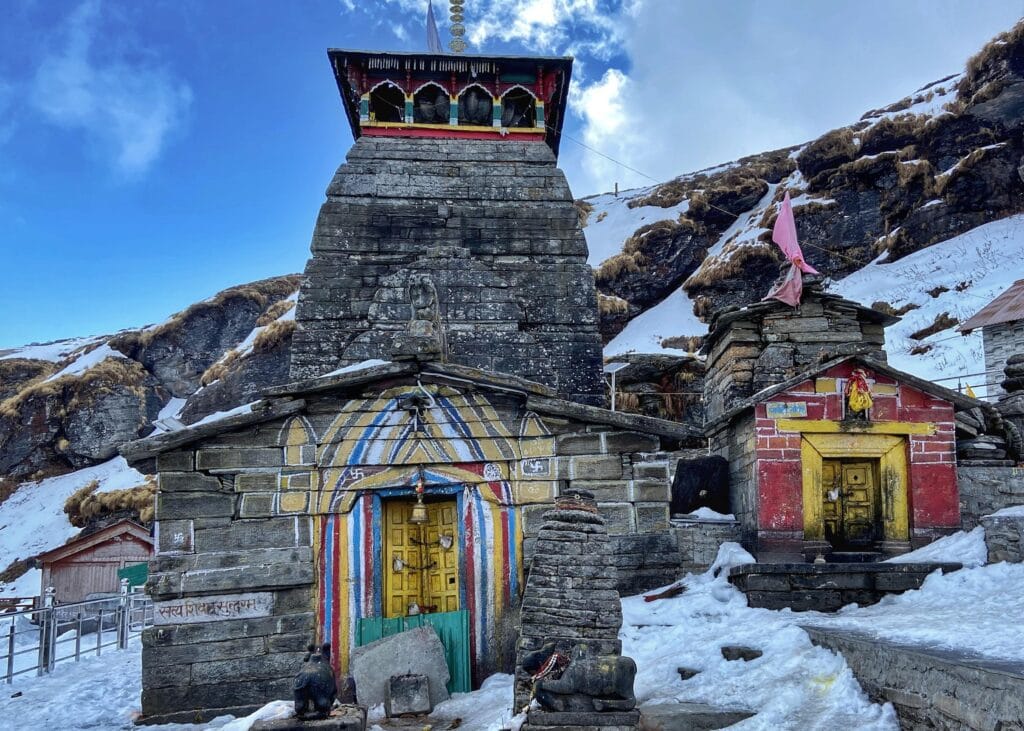
The world’s highest Shiva temple, standing tall at a breathtaking altitude, has become a symbol of both devotion and architectural wonder. This temple, dedicated to Lord Shiva, is not only a spiritual sanctuary but also a testament to the rich cultural heritage that surrounds the Hindu religion.
Lord Shiva: The Powerful God of Destruction and Transformation
Lord Shiva is one of the principal deities in Hinduism. Known as the God of Destruction, his role is not only to bring an end to the universe but also to pave the way for regeneration and renewal. Shiva’s powers transcend mere destruction; he symbolizes transformation, the balance between creation and destruction, and the cycle of life. His third eye represents his ability to destroy evil and ignorance, while his tranquil demeanor reflects meditation and spiritual wisdom.
The Temple: A Journey to the Divine
Perched high amidst majestic mountains, the world’s highest Shiva temple offers devotees a unique experience of divinity and nature. The temple is not just a place for worship but a destination that connects people with the awe-inspiring presence of the Himalayan peaks. Devotees from across the world trek to this temple to seek blessings, offer prayers, and experience spiritual tranquility.
The architectural style of the temple is both ancient and awe-inspiring, with intricate carvings and designs that reflect the rich history of Hinduism and its reverence for Shiva. The location of the temple also adds to its significance, as it is believed that being closer to the sky brings worshippers closer to the divine.
Lord Shiva’s Significance in Hinduism
Lord Shiva plays a crucial role in Hindu beliefs. His attributes, such as the Trishul (trident) and Damru (drum), symbolize his power over life and death, time, and cosmic order. He is often worshiped in the form of a lingam, representing the cosmic pillar of light, signifying creation, sustenance, and destruction. Shiva is also the consort of Parvati, and together they represent the balance of male and female energies in the universe.
In Hindu mythology, Shiva is also known for his deep meditation in the Himalayas, and his celestial dance, the Tandava, which signifies the rhythm of the universe. His stories are intertwined with the belief in karma, where his destructive powers are seen as a way to cleanse and renew the world.
Conclusion
The world’s highest Shiva temple is a remarkable place where devotion, nature, and spirituality converge. Lord Shiva, as the God of Destruction and Transformation, continues to inspire millions of devotees with his power, wisdom, and the belief in the cyclical nature of life. This temple stands as a beacon of faith, drawing people to connect with the eternal force that is Shiva.


